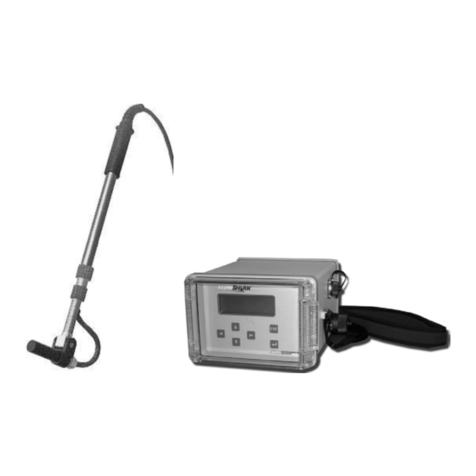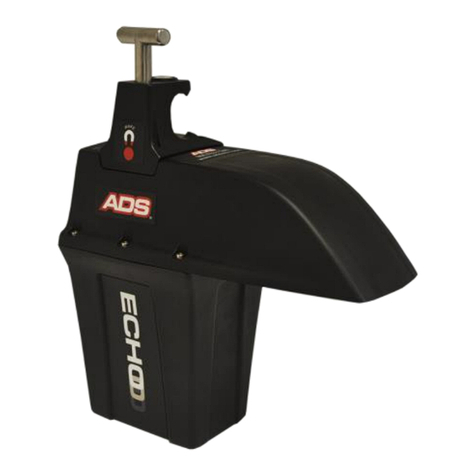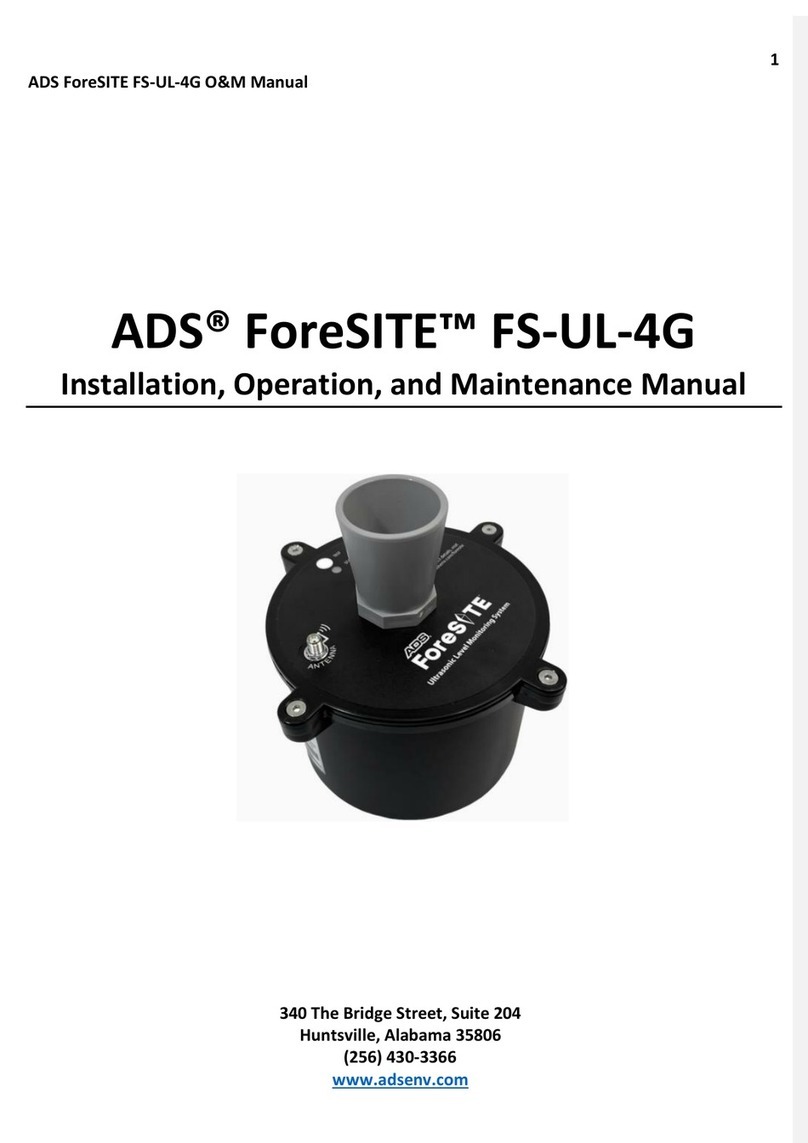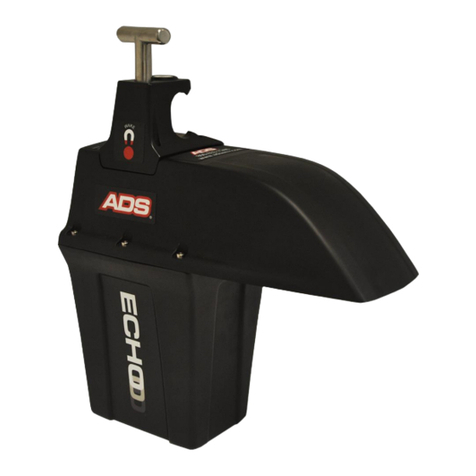
iv ADS TRITON+ Manual
Table of Contents
C H A P T E R 1 Introduction ..................... 1-1
Intrinsic Safety ............................................................... 1-2
TRITON+ System Certification .............................. 1-3
Installation and IS Considerations .......................... 1-6
Specific Conditions of Use...................................... 1-6
Other Conditions for Safe Use ................................ 1-8
Maintenance Restrictions ............................................... 1-9
Warnings, Certifications, Cellular Modem Compliance,
and Conformity ............................................................ 1-10
Changes or Modifications ..................................... 1-10
Control Drawing ................................................... 1-11
European ATEX Hazardous Area Compliance..... 1-13
IECEx (International Electrotechnical Commission
Explosive) Hazardous Area Compliance .............. 1-18
CSA Hazardous Area Compliance........................ 1-20
Declaration of Conformity .................................... 1-28
Product Warranty ......................................................... 1-30
New Product Warranty.......................................... 1-30
Out-of-Warranty Product Repairs ......................... 1-30
Troubleshooting Fee ............................................. 1-31
Shipping ................................................................ 1-31
Service .................................................................. 1-32
C H A P T E R 2 System Overview.............. 2-1
TRITON+ Flow Monitor ................................................ 2-5
Communications ..................................................... 2-5
Processor Board ...................................................... 2-6
Connector Ports....................................................... 2-8
Power .................................................................... 2-11
Sensors ......................................................................... 2-15
AV|Gated Sensor................................................... 2-16
AV|Max Sensor..................................................... 2-18
Long Range Depth Sensor .................................... 2-20
ParaDepth Sensor.................................................. 2-22
ParaFlow Sensor ................................................... 2-24
Peak Combo Sensor .............................................. 2-27

































